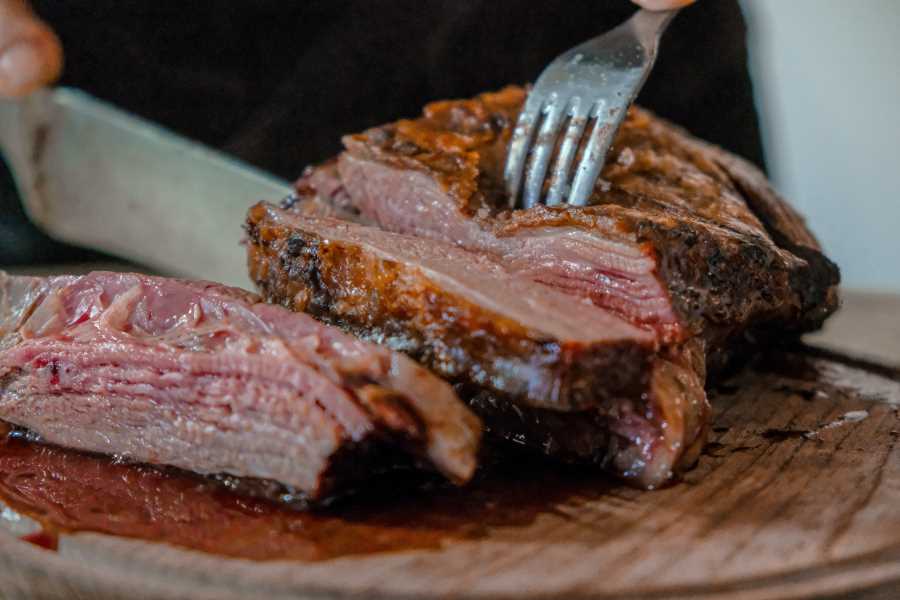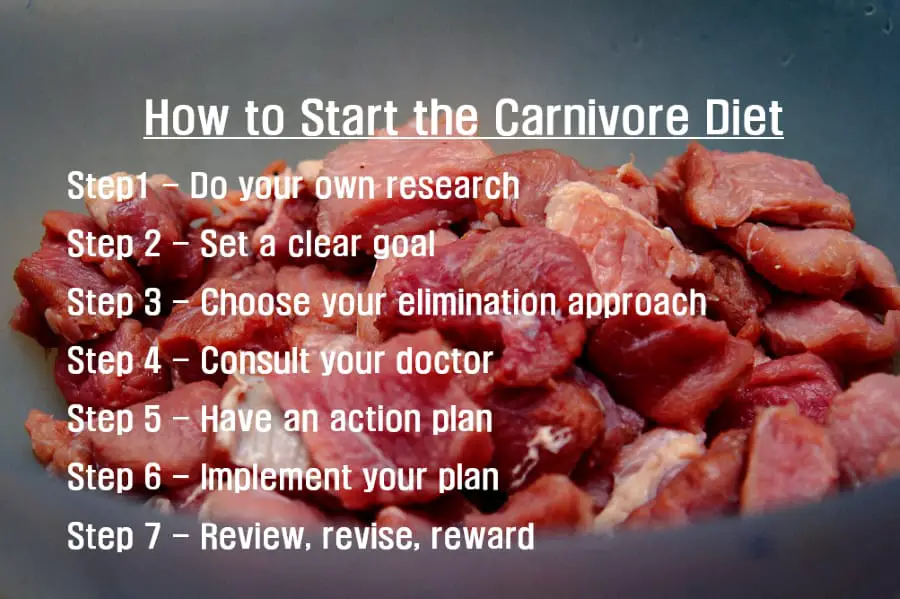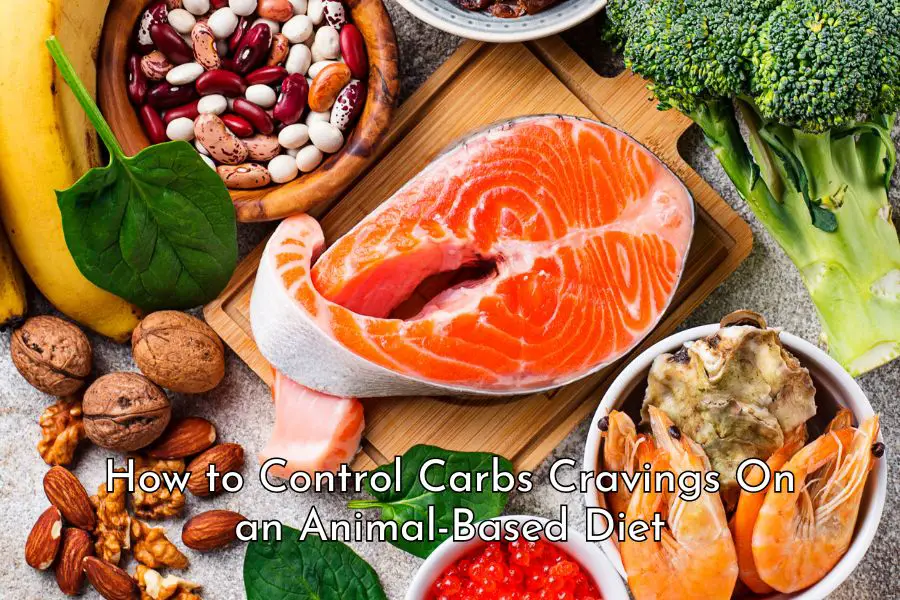You’ve heard amazing success stories from people who’ve been on the carnivore diet and want to try it out but are not sure where to start. This in-depth guide is written for you. Like many things in life, one size does not fit all. This guide will show you how to start the carnivore diet in a way that fits your personal circumstances and preferences.
While some of you may just want to dive in straight away tomorrow to see what happens, I am the opposite. I usually like to do my own research, read a lot, ponder a lot, plan ahead, take a cautious and gradual approach. If you are a bit like me, read on and I guarantee you will save tons of time and are likely to have a better chance of success with better results.
Contents
- Step 1 – Do your own research about the carnivore diet
- Step 2 – Set a clear goal
- Step 3 – Choose your elimination approach
- Step 4 – Consult your doctor
- Step 5 – Have an action plan
- Step 6 – Implement your plan
- Step 7 – Review, revise, reward
Step 1 – Do your own research about the carnivore diet

The first thing you need to do before starting is researching the carnivore diet as much as you can. These days, that probably means reading, watching or listening to resources available on the web: research papers, news articles, blogs, videos, podcasts, Reddit posts, and anecdotes. However, remember to use your critical thinking skills and assess the quality of the information you read, needless to say, you should not believe everything you read online.
In particular find out for yourself:
- What is the carnivore diet?
- Is the carnivore diet healthy?
- What are the benefits of the carnivore diet?
- What are the side effects of the carnivore diet?
- Will a meat-based diet increase the risk of cancer?
- Will a meat-based diet increase the risk of heart diseases?
- What are the best foods to eat on the carnivore diet?
I have written in detail about these topics and provide the links below for your reference. However, as I mentioned above, don’t believe everything you read, do your own research and find out the answers for yourself.
What is the carnivore diet? This post answers the basic question of what the carnivore diet is and what you can eat and drink on this diet.
Is the carnivore diet healthy? In this post, I examine the available evidence and answer the question about whether the carnivore diet is healthy. Here is what I find: based on available scientific evidence, the carnivore diet appears to be a healthy diet because it can provide all nutrients that a human body ever needs. Historically, our ancestors not only survived but thrived on a mostly meat-based diet. Some modern-day groups who eat a largely meat-based diet also appear to be doing well health-wise.
Is the carnivore diet safe? Opponents of the carnivore diet claim that this diet is just another fad, crazy and unsafe diet. However, based on the available evidence, I argue in this post that the carnivore diet is safe because:
- There is no risk of malnutrition if you do it the right way
- There is no evidence that meat causes cancer, heart diseases or diabetes
- Our ancestors were hyper-carnivores for two million years and they not only survived but thrived on a heavily meat-based diet. If this diet is fundamentally flawed in some way, the human race definitely wouldn’t be where we are today.
If you don’t like to read many academic papers, this paper is the one that you should definitely read. In this study, researchers from Tel Aviv University identified 25 sources of evidence in total that point to the fact that for 2 million years, humans were hyper-carnivorous that dined on the meat of large animals. Whether we like it or not, a meat-based diet is a part of our genetic make-up and what makes us who we are today.
What are the potential side effects of the carnivore diet? In this post, I address the potential short-term and long-term side effects of the carnivore diet.
The short-term side effects of the carnivore diet are the symptoms that you experience shortly after switching to this diet as your body adjusts to a new way of eating.
The long-term side effects of the carnivore diet are the potential health and social issues that you may experience after your body has become accustomed to the new diet.
This is an important post that I think you should read to be aware of the issues that you may face both short term and long term and decide whether the carnivore diet is for you.
How to eat healthily on the carnivore diet? There is a good and a bad version of the carnivore diet. In this post, I set out five healthy eating principles that I think you should follow to get the best out of this diet:
- eat from a wide variety of animal sources to ensure sufficient nutrients
- eat nose-to-tail or as many different parts of an animal as possible
- eat from naturally or well-raised animals as much as you can afford
- eat unprocessed or minimally processed foods
- eat a mix of cooked, lightly cooked and raw food if you can source reliably and if you can tolerate.
These principles try to mimic the way our ancestors ate for millions of years.
What are the best foods to eat on the carnivore diet? If you can afford to pay for well-raised animal source foods, it’s a safe bet to just follow the five healthy eating principles summarized above. However, if you can’t afford grass-fed, pasture-raised, wild-caught animal source foods and have to eat mostly factory-farmed animal food, in this in-depth post I go through the underlying reasons and suggest that you make ruminant meat and ruminant organs the staple of your carnivore diet.
Step 2 – Set a clear goal
If you want to try out the carnivore diet after your extensive research, the next part is to set a clear goal for yourself.
Ask yourself why you want to start the carnivore diet, whether it is to resolve a health issue, for weight loss, general well-being or just pure curiosity.
Next, decide how long you want to do it for, whether it’s only one week, one month, three months or a year.
If you are trying to fix a health issue, do you have a time frame? Three months? Six months or as long as it takes?
If you are trying out just to see if it improves your health in general, will you stay on for good if it works out for you?
In a study published in the European Journal of Social Psychology, researchers examined the habits of 96 people over a 12-week period. The time it took the participants to form a new habit ranged from 18 to 254 days and the average is 66 days.
Therefore, personally, I would aim for a goal of at least two months. This will be a period when you are trying to form a new eating habit and having to deal with a lot of adaptation problems. After the adaptation phase is over and you’ve gotten used to the new way of eating, hopefully, everything will be easier and you can start seeing some results.
However, please remember that everybody is different. Some may take a lot longer than 2 months to form a new eating habit and some may take even longer to fix an underlying health problem.
Step 3 – Choose your elimination approach
The carnivore diet is an ultimate elimination diet. As a carnivore is an animal that eats meat, when you are on the carnivore diet, strictly speaking, you will only eat food that comes from the animal kingdom.
Accordingly, you will have to eliminate all plant-based foods such as fruits, vegetables, grains, legumes, and nuts.
If your aim is to fix a health issue and if the problem persists even after you’ve cut out all plant-based foods, you may need to further eliminate other animal-source foods like dairy, eggs, or even pork and poultry to find out the cause of the problem.
There are two main ways to start this elimination process: the pyramid method and the inverted pyramid method which I talk in detail in this post.
Under the pyramid method, you start with where you are now, i.e. at the base of the pyramid, and gradually eliminate plant-based foods and other troublesome animal-based foods over time.
Under the inverted method, you start at the apex of the pyramid with just one food group that you feel the safest (e.g. beef) and gradually add more food groups back over time and see if your body is okay with them.
If you just want to improve general health, the pyramid method is probably more suitable because it is more gentle on your body as it allows your body time to detox and adjust to the new diet. Adaptation problems, therefore, are less likely to be severe.
If you would like to fix a specific health issue and suspect food to be the cause, the inverted pyramid method is probably better because it is simpler to implement and quicker to pinpoint problematic food compared to the pyramid method.
Step 4 – Consult your doctor

I highly recommend checking with your doctor before you start experimenting with the carnivore diet.
The modern health care system has many problems that need to be fixed. However, it’s not a good idea to say stuff it, I just want to do it my way. Use it to your advantage.
Get a thorough health check and talk to your doctor about your plan to start the carnivore diet.
Your doctor may be open-minded and willing to support and help you through this experiment.
However, he or she might think that this is the craziest idea ever and you are going to destroy your health. If this is the case, show him your research, what you’ve done to try to fix your health problems, what works and what doesn’t, and why you are doing what you are doing.
Step 5 – Have an action plan
Your plan is like a roadmap to help you reach your goals. Your plan may include things like:
- When is the best time to start the carnivore diet? Try to schedule the beginning of the transition at time of relatively low activities
- How long do you intend to be on this diet? Write down how long you want to do it for, as mentioned above, aim for at least 2 months to start with
- The elimination approach you’ve decided to use. Write down if you want to use the pyramid method or the inverted pyramid method and the tentative steps
- What preparation do you need to do (e.g. clearing out all plant foods and processed foods from the fridge and pantry)
- What do you need to stock up (meat, organ meat, seafood, bones etc.)
- Where will you shop (if you are on a budget and want to get cheap meat or if you can afford whatever and want to get grass-fed or pasture-raised meat)
- Do you need to learn a new skill (e.g. cooking if you’ve never cooked in your life)
- How much are you going to eat a day? At the beginning, just eat until you are full and please don’t count calories and don’t worry if you put on a bit of weight, your body will learn to adjust
- How many meals a day. Eat until you feel full and eat when you are hungry, but you probably won’t need more than two meals a day
- What will you pack for lunch at the office. This will help you stick to your new diet and won’t accidentally be forced to eat something you don’t want to
- What will you order when eating out. It’s not that hard, you can always find steak, roast and burger patty easily
- What snacks you should prepare just in case
- How will you deal with adaptation issues
- Will you supplement and where can you get those supplements. If you follow the pyramid method and eliminate unwanted foods gradually, you probably don’t need to supplement.
- Will you tell your family, friends, and colleagues
- What types of records do you want to keep (bloodwork before and after, photos before and after, weight & waistline records, food and drink diary etc.). This is especially helpful if you want to identify food intolerance or sensitivity problems
- What to do if you give in to temptation and eat some plant foods
- How should the unexpected or contingencies be dealt with (e.g. urgent business trip, you get sick, family issues etc.)
- How frequently should you review your progress?
Step 6 – Implement your plan

Here is the fun and also the most challenging part – you get to do what you set out in your plan (in this case, it just means eating a lot of meat) and turn what you’ve written on paper into real actions!
And remember to keep records of your progress as you go.
These are some free printable habit trackers that can help you keep track of your progress, visualize how far you have to go, motivate you along the way and celebrate your milestones.
I plan to write a post on dealing with issues that you may encounter while transitioning to the carnivore diet in the future but here is a post on how to deal with diarrhea which is a common problem that many people have.
Step 7 – Review, revise, reward
If everything goes smoothly, it is now the time to reward yourself and celebrate a little or big time whatever you have been able to achieve. And it’s also the time to decide what you want to do going forward, whether you want to stick to this diet in the long run, make some adjustments or return to your previous diet.
But if things didn’t turn out as you expected, this is the time when you can look back and see what you should do differently. If you have been keeping records along the way, they would definitely help in this step.
It is also the time to do another health check and have your blood work done to see where the numbers are at.
Disclaimer: The information in this post is for reference purposes only and not intended to constitute or replace professional medical advice. Please consult a qualified medical professional before making any changes to your diet or lifestyle.





